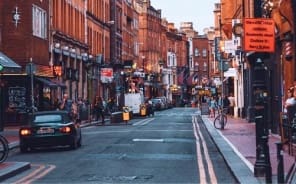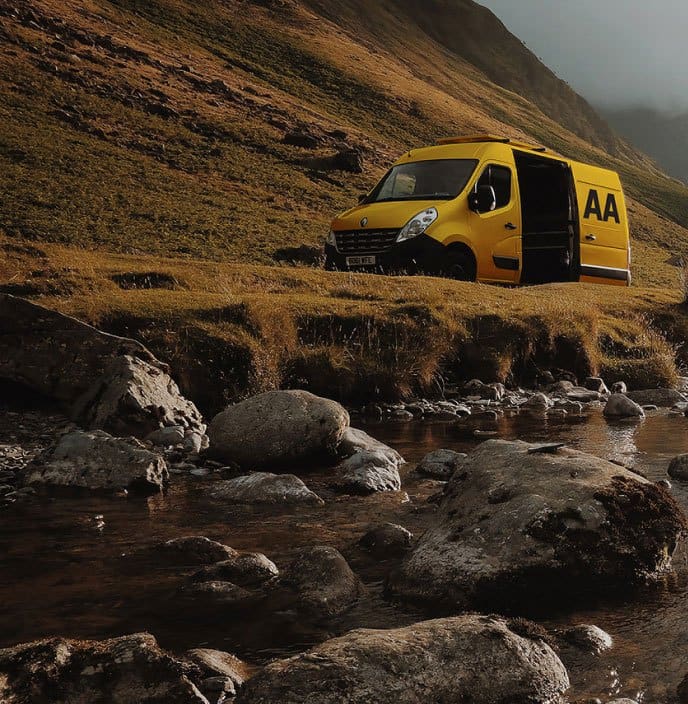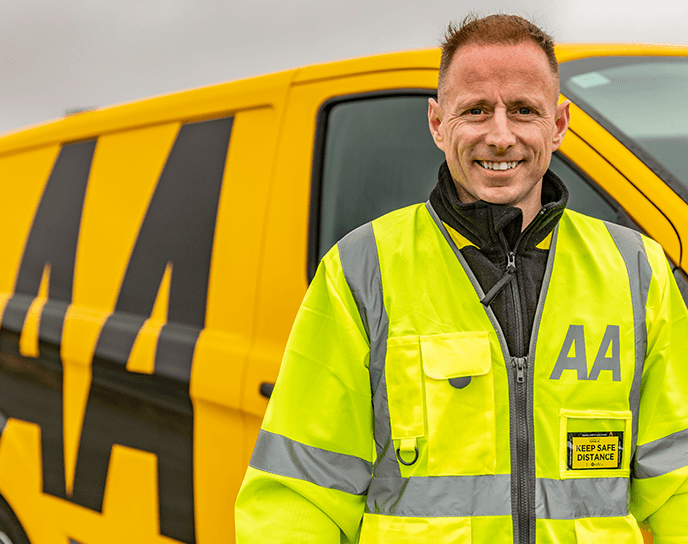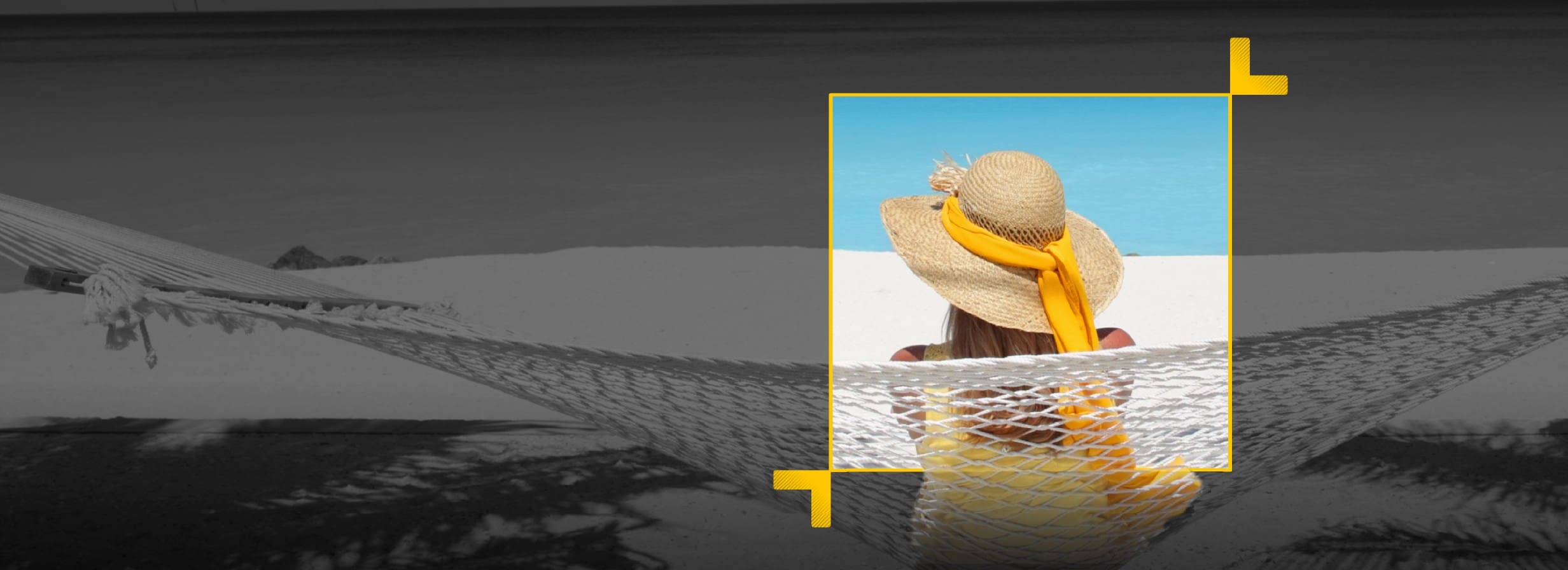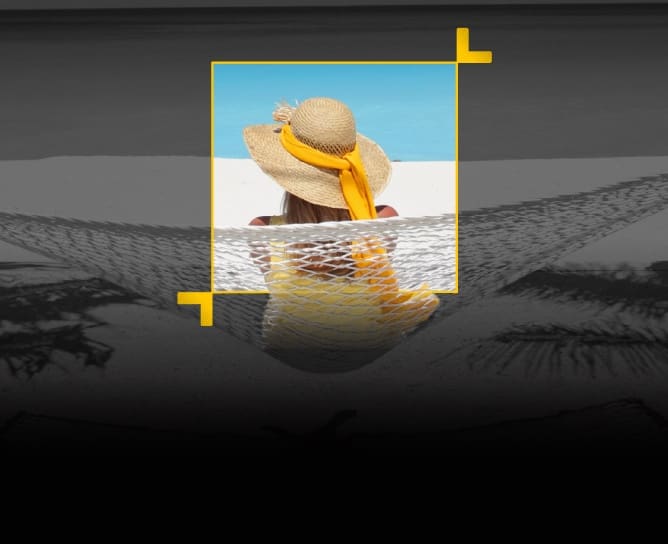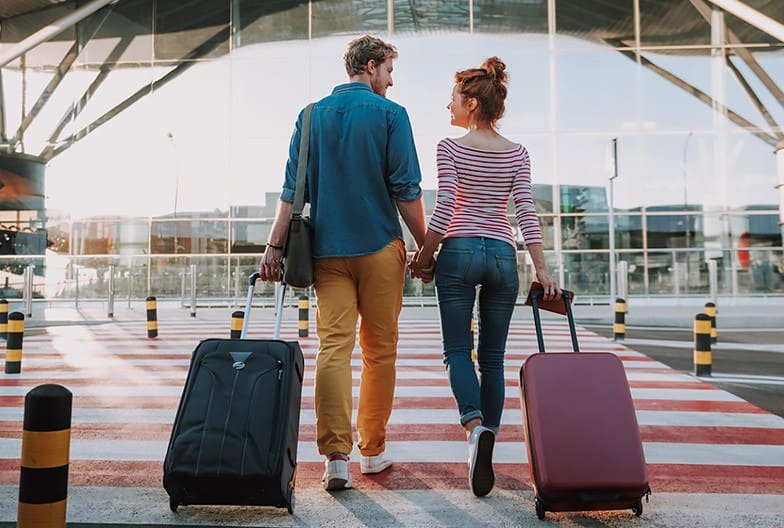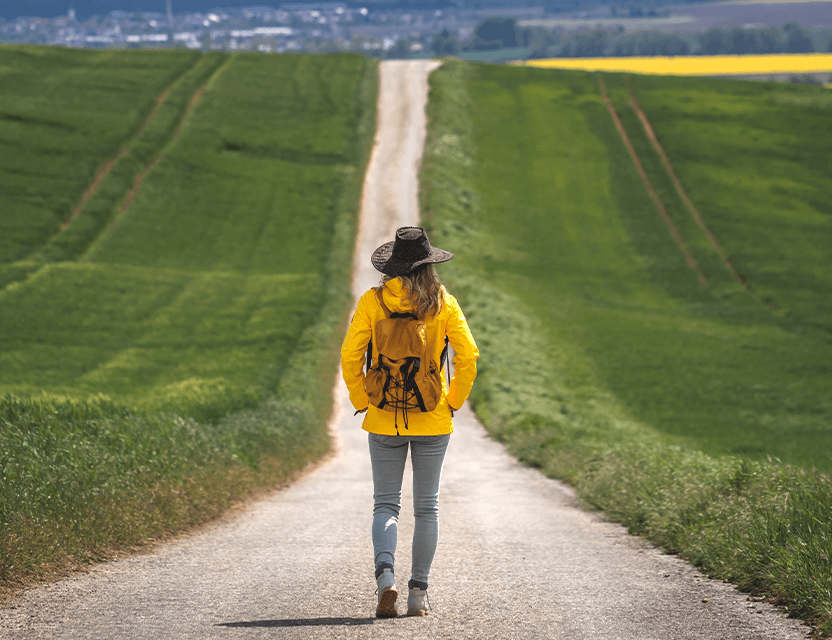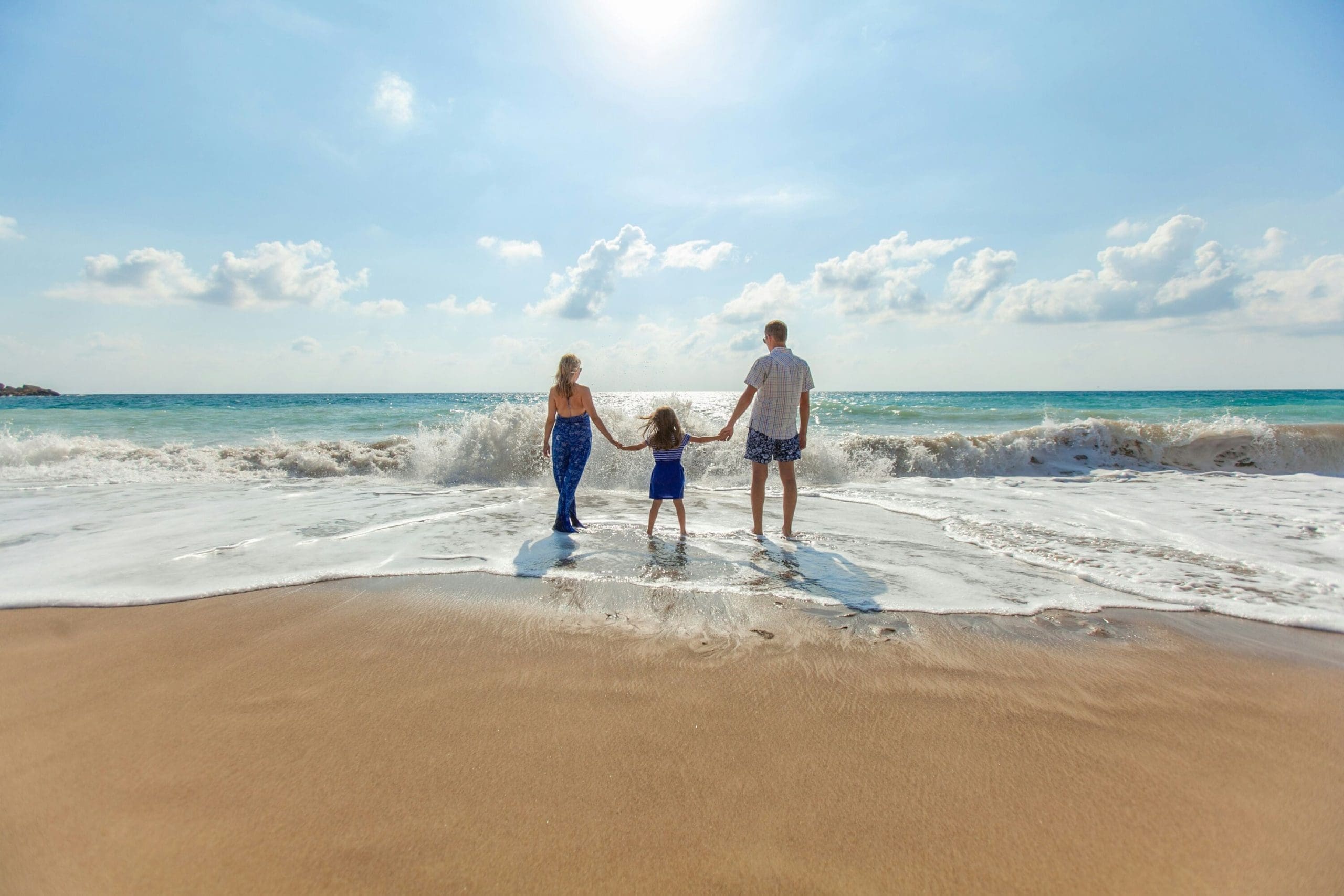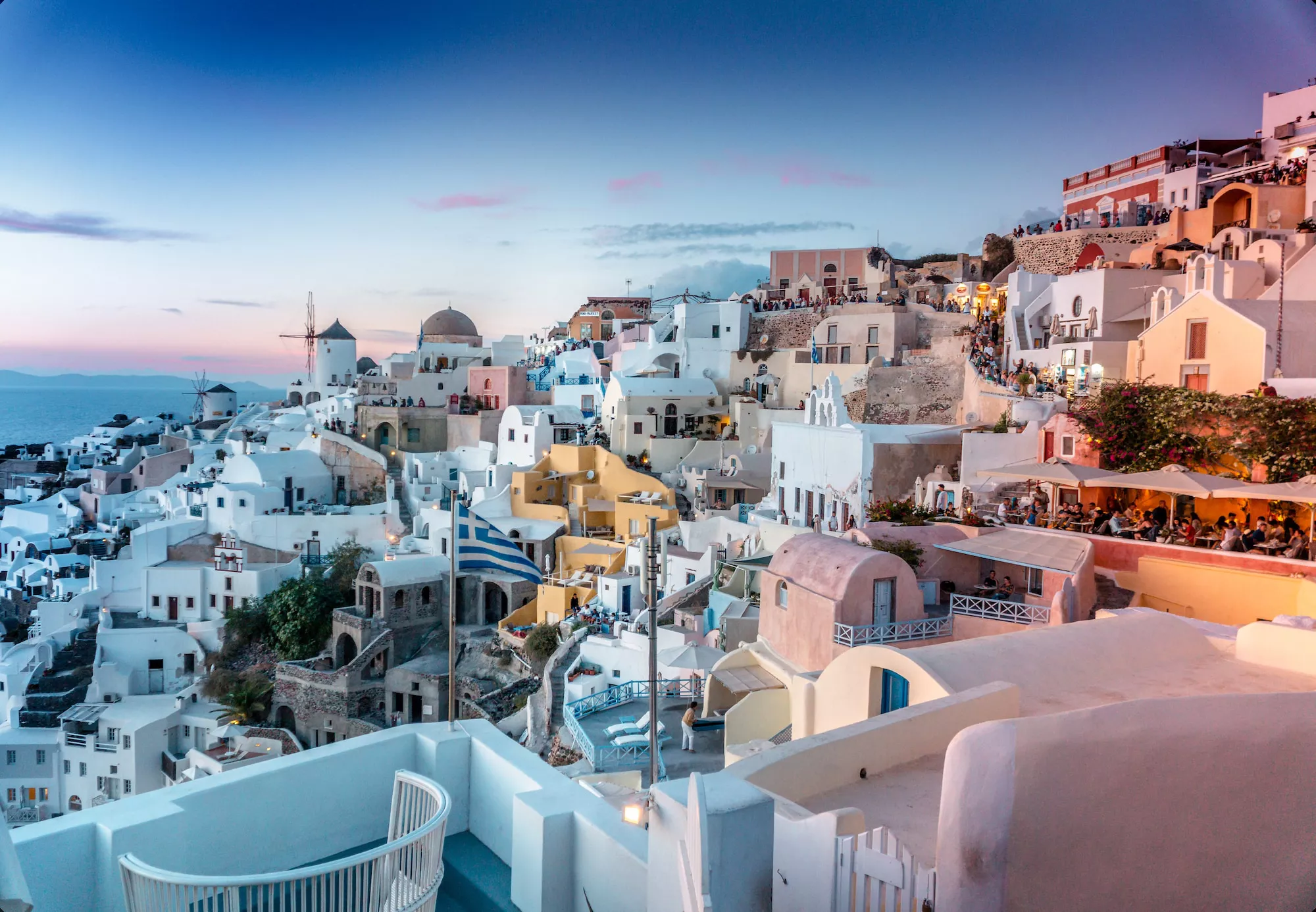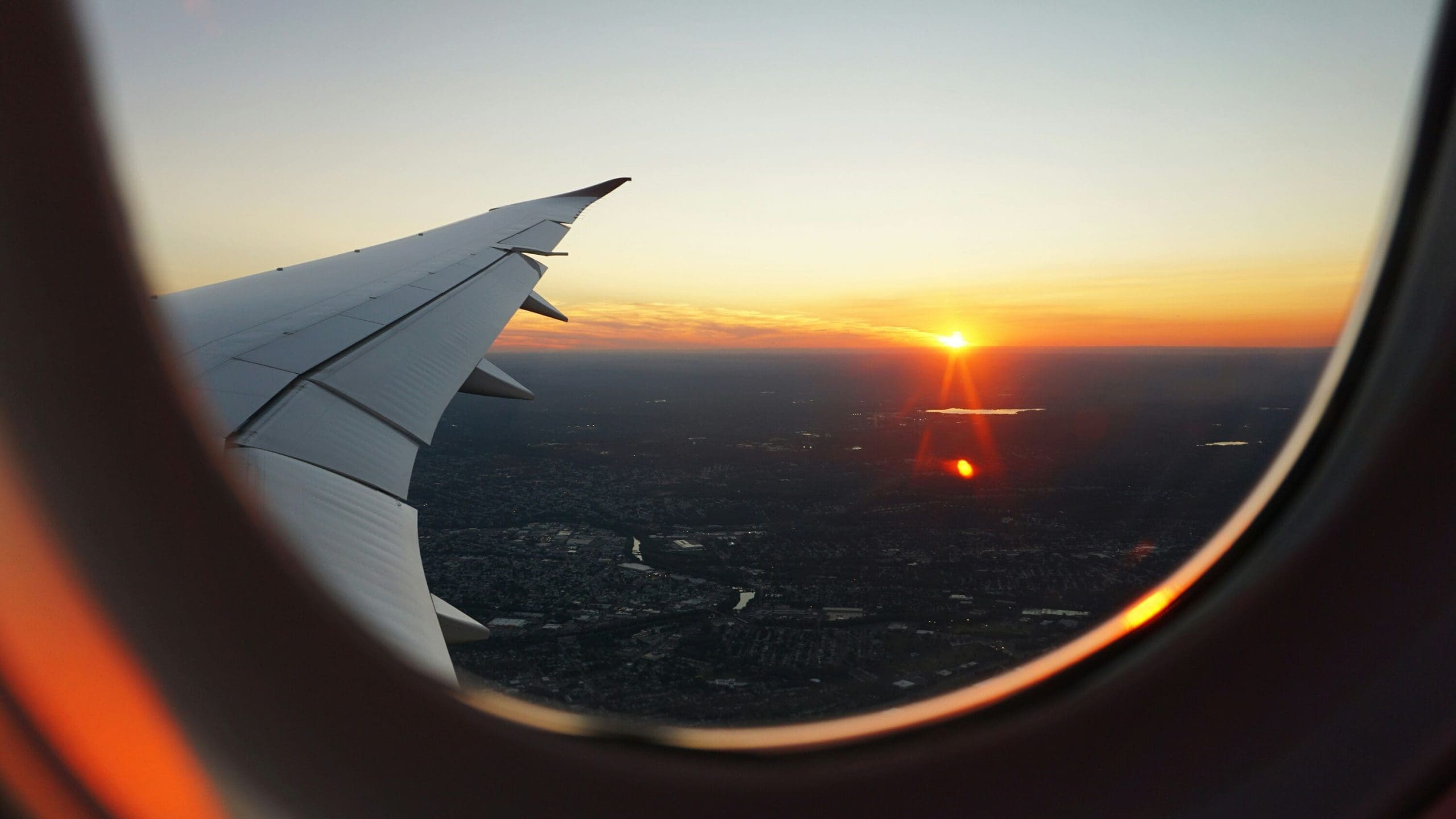Get cover before, during and after your holiday the whole year.
Annual Travel Insurance
Travel Insurance from €14.99^ with 24/7 GP access.
Discover AA Travel Insurance Features And Benefits 🏝
Peace of mind for every adventure: Travel anywhere with AA Travel Insurance Ireland! Our comprehensive coverage protects you at home or abroad, including 24/7 access to a GP – that’s standard! Plus, there are even more benefits to discover. Get a quote today!
Cover up to €6,000 for any lost travel and accommodation costs if cancelling your trip is unavoidable
Emergency medical and repatriation cover up to €10,000,000
If your baggage is delayed for more than 12 hours we cover you for up to €300 (€50 per day)
Covers a wide array of winter sports activities including skiing and snowboarding
Cancellation, Curtailment, Medical Expenses & additional accommodation cover if you contract COVID-19 while abroad & unable to return home as planned.
24/7 access to a GP as standard.


24/7 access to a GP as standard.
All AA Travel Insurance policies now give you access to an English speaking GP 24/7 whilst you are abroad. If you need a doctor , they are just a call away or click away…
Read MoreCOVID-19 Cover. Holidays without worry 👌
Our cover for COVID-19 gives you the peace of mind you need for a stress-free return to travelling
Our cover for COVID-19 gives you benefits such as:
- Cancellation cover if you, a close relative or travelling companion receive a positive diagnosis for COVID-19
- Cancellation cover if you, or any person insured by the policy, are required to self-isolate on your scheduled departure date
- Curtailment cover if The Department of Foreign Affairs (or any other equivalent government body in another country) advises you to return home due to COVID-19
- Related Medical Expenses if you contract COVID-19 while abroad
- Additional accommodation if you contract COVID-19 while you are abroad and are unable to return home as planned
Please note that cancellation claims relating to government restrictions for COVID-19 are excluded and any Pandemic illness is not covered within 48 hours of your policy purchase date.
Cover is subject to Terms & Conditions and some exclusions will apply. For full details of cover available please click here
*Please note that cancellation claims relating to government restrictions for COVID-19 are excluded and we will not cover any claim where your travel to a country or specific area or event to which the Travel Advice Section of the Department of Foreign affairs or the World Health Organisation has advised the public not to travel to.
With AA Travel Insurance, we have something for everyone.
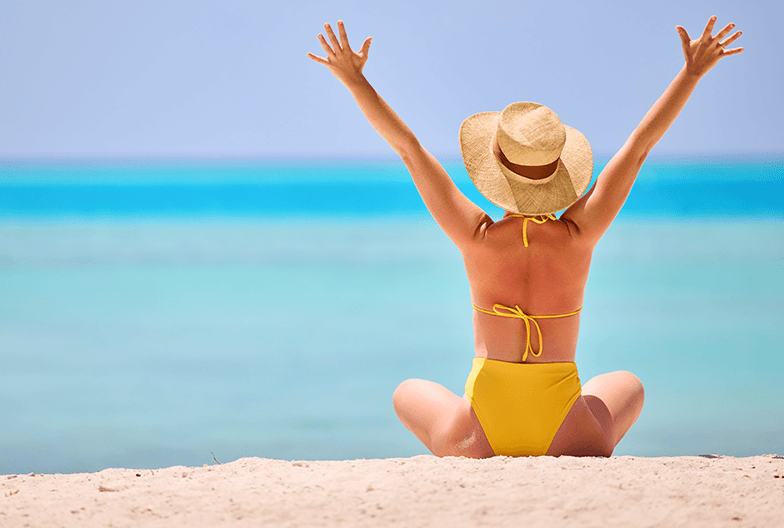

With AA Travel Insurance, we have something for everyone.
Get cheap holiday Insurance from as low as €14.99 We Cover Medical, Baggage, Annual Multi-Trip, Cancellation etc.
Get a Quote Today!Already Insured with us? 🤝
We hope your trip will go off without a hitch, but should something change. We’re here.
Get a QuoteUncover Our Travel Tips & Guides
Boost Your Travel Know-How – Explore Tips on Our Travel Hubs!
Terms and Condition
^ AA Travel Insurance Annual Multi Trip Value price covers one adult under 50 to Europe with private medical insurance. AA Ireland is tied to Inter Partner Assistance SA for travel insurance policies.

